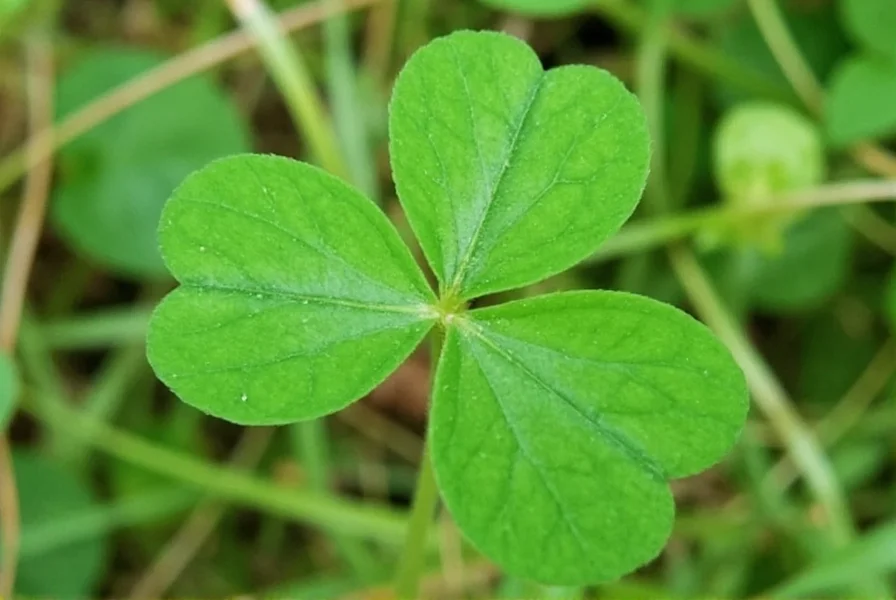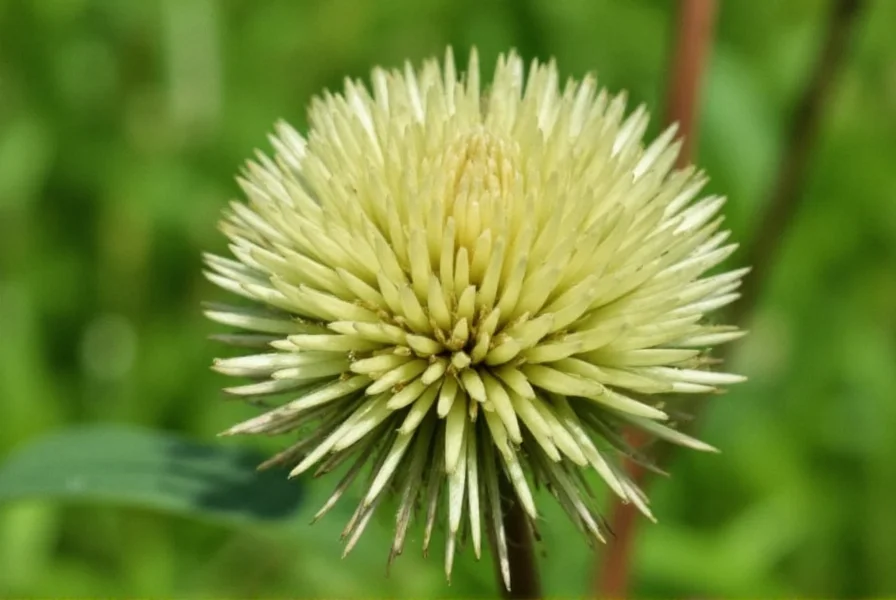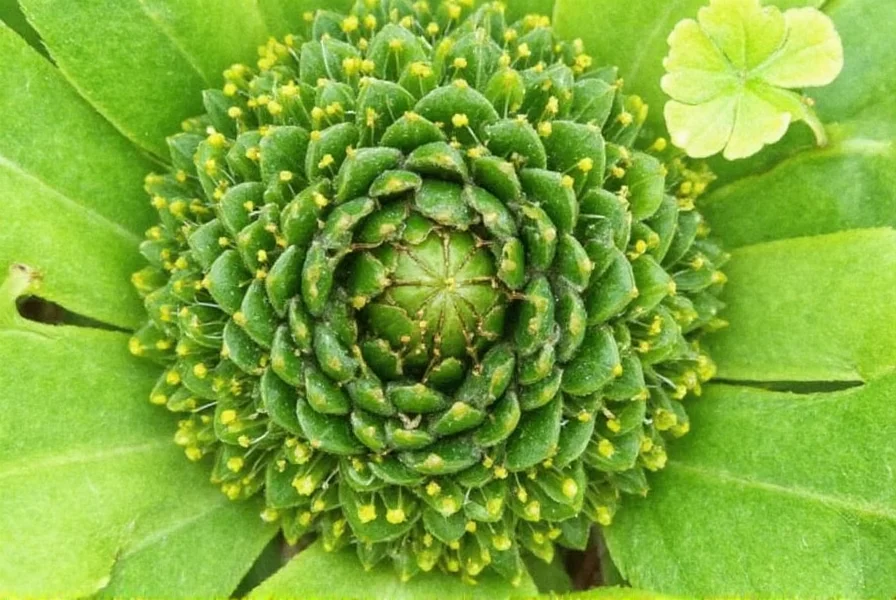Many gardeners and nature enthusiasts encounter the term “eagle's nest clover” during plant identification efforts, only to find limited reliable information. This confusion typically arises from three common scenarios: misidentification of black medic (which has seed pods resembling small nests), observations of clover growing near actual eagle nests, or confusion with the “eagle’s claw” common name sometimes applied to certain legumes.
Understanding the Clover Confusion
Clovers belong to the Trifolium genus within the legume family Fabaceae. With over 300 recognized species worldwide, clovers display remarkable diversity in appearance and habitat preferences. The term “eagle's nest” doesn't correspond to any documented Trifolium species in botanical databases including the USDA Plants Database, Kew Gardens’ World Checklist, or the Integrated Taxonomic Information System.
Botanical nomenclature follows strict international codes, and no peer-reviewed scientific literature references “eagle's nest clover” as a valid taxonomic name. When gardeners report finding this plant, they're typically observing one of several possibilities:
| Common Misidentification | Actual Plant | Key Distinguishing Features |
|---|---|---|
| “Eagle's nest” appearance | Black medic (Medicago lupulina) | Seed pods form tight clusters resembling small nests; yellow flowers; compound leaves with three oval leaflets |
| Unusual growth pattern | Crown vetch (Securigera varia) | Forms dense mats; pink flowers; seed pods arranged in circular patterns |
| Local nickname | White clover (Trifolium repens) | Low-growing; white or pink flower heads; three-leaf structure; sometimes called “lawn clover” |
Common Clover Species and Their Characteristics
Understanding actual clover varieties helps clarify the “eagle's nest” confusion. The most frequently encountered clovers include:
White Clover (Trifolium repens)
This widespread perennial features creeping stems that root at nodes, creating dense ground cover. Its flower heads consist of 20-50 individual florets forming spherical clusters. White clover thrives in lawns, pastures, and disturbed soils across temperate regions. The distinctive three-leaflet structure occasionally produces four-leaf variants, though these remain relatively rare (approximately 1 in 10,000 plants).
Red Clover (Trifolium pratense)
Recognizable by its pink to purple flower heads, red clover grows as a biennial or short-lived perennial. Unlike white clover, it develops upright stems reaching 12-20 inches tall. This species serves as an important forage crop and soil improver due to its nitrogen-fixing capabilities. Its flower structure features a distinctive “keel” shape common to many legumes.
Black Medic (Medicago lupulina)
Often mistaken for clover, black medic belongs to a different genus within the same family. Its small, yellow flower clusters develop into coiled seed pods that darken as they mature, creating the “nest-like” appearance that likely contributes to the “eagle's nest” confusion. This plant tolerates poor soils and drought conditions better than true clovers.

Why the “Eagle's Nest” Misconception Persists
Several factors contribute to the persistence of the “eagle's nest clover” concept:
- Visual similarity - Black medic's seed pods form tight clusters that resemble small nests
- Local folklore - Regional nicknames sometimes enter common usage without botanical basis
- Online misinformation - Social media and gardening forums occasionally propagate unverified plant names
- Observational error - People noticing clover growing beneath eagle nests and making incorrect associations
Botanists emphasize that eagles don't show particular preference for nesting near specific clover varieties. Eagles typically build nests in tall trees or on cliff faces, while most clovers grow in open fields or grasslands—habitats that rarely overlap significantly.
Practical Identification Tips for Clover-Like Plants
When attempting to identify plants that might be confused with the mythical “eagle's nest clover,” consider these botanical characteristics:
- Leaf structure - True clovers always have three leaflets per leaf (trifoliate), while look-alikes like black medic may have similar but not identical structures
- Flower shape - Clover flowers form spherical or oval heads, while medic flowers are more elongated
- Seed pod arrangement - Black medic develops coiled seed pods that cluster tightly, creating the “nest” effect
- Growth habit - White clover creeps along the ground, red clover grows upright, and black medic forms low mounds

Ecological Importance of Actual Clover Species
While “eagle's nest clover” doesn't exist, genuine clover species play vital ecological roles:
- Nitrogen fixation - Clover roots host bacteria that convert atmospheric nitrogen into plant-usable forms, enriching soil fertility
- Pollinator support - Clover flowers provide nectar and pollen for bees, butterflies, and other beneficial insects
- Wildlife food source - Many bird and mammal species consume clover seeds and foliage
- Erosion control - Clover's dense root systems help stabilize soil, particularly in disturbed areas
Gardeners increasingly recognize the value of incorporating native clovers into landscapes rather than maintaining traditional grass lawns. White clover, in particular, offers drought tolerance, reduced mowing requirements, and natural fertilization benefits.
Conclusion
The term “eagle's nest clover” represents a persistent botanical misconception rather than an actual plant species. Understanding the characteristics of genuine clover varieties and their look-alikes helps gardeners and naturalists make accurate plant identifications. When encountering unfamiliar plants, consulting regional field guides or university extension services provides more reliable information than unverified online sources. Proper plant identification ensures appropriate management decisions, whether for gardening, conservation, or simply satisfying botanical curiosity.











 浙公网安备
33010002000092号
浙公网安备
33010002000092号 浙B2-20120091-4
浙B2-20120091-4